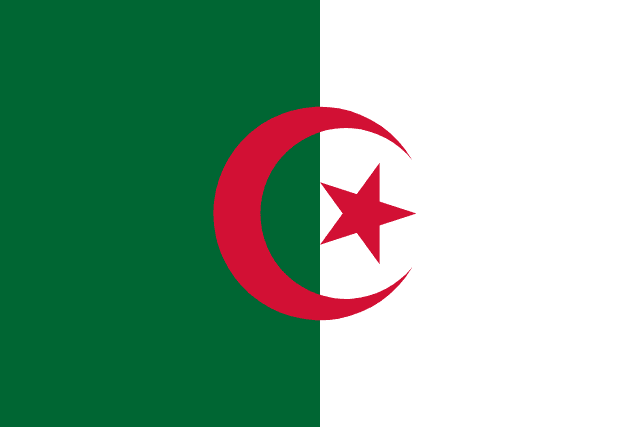Country Information
| Sovereign State | Yes |
| Country Codes | DZ, DZA, 012 |
| Official Name | People’s Democratic Republic of Algeria |
| Continent | Africa |
| Capital | Algiers |
| Government Type | Unitary semi-presidential republic |
| Currency | Algerian dinar (DZD) |
| Calling Code | +213 |
| Member Of | United Nations, African Union, Arab League, OPEC, Non-Aligned Movement |
| Population | Approx. 44 million (as of 2023) |
| Total Area | 2,381,741 square kilometers |
| Highest Point | Mount Tahat (3,003 meters or 9,852 feet) |
| Lowest Point | Chott Melrhir (-40 meters or -131 feet) |
| GDP Per Capita | Approx. $3,900 (as of 2023) |
| Life Expectancy | Approx. 77 years (as of 2023) |
| Internet TLD | .dz |
Algerian National Anthem
Kassaman
We swear by the lightning that destroys
By the streams of generous blood being shed
By the bright fluttering flags
Over the steep rocky mountains
That we have risen to revolution in life or death
And we have resolved that Algeria shall live
So bear witness, bear witness, bear witness
We are soldiers in the name of righteousness
We have sworn to our country’s independence
Our battle cry shall be heard from the battlefield
We shall meet the enemy with our might
Our history shall be written in blood
And we shall speak of it with pride
Bear witness to our struggle, you free and upright peoples
We fight against the cruel invader
We will rise up for our flag, for our flag
And we shall fill our history with glories
And we shall speak of it to future generations
Flags of Neighboring Countries

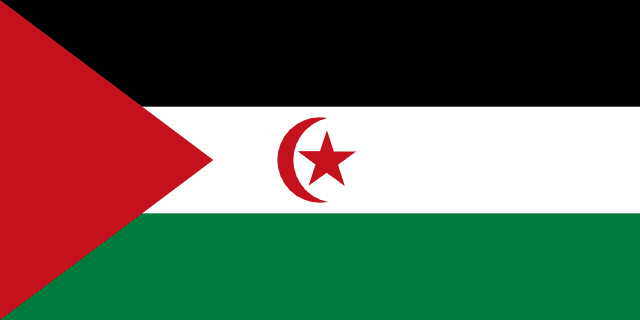
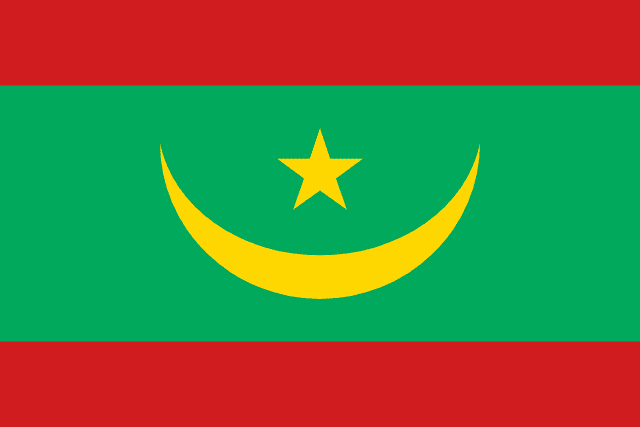
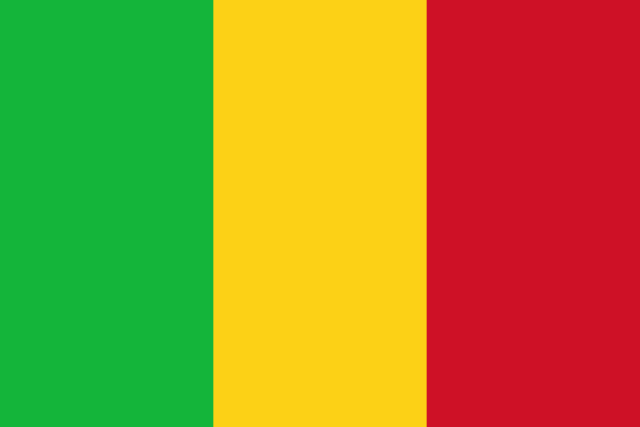
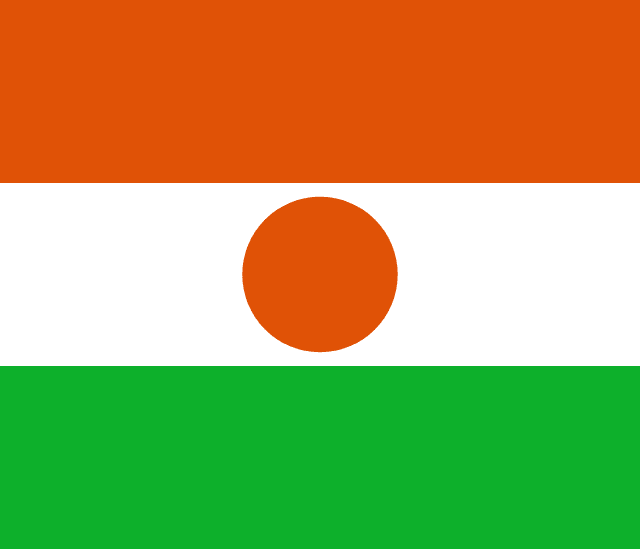
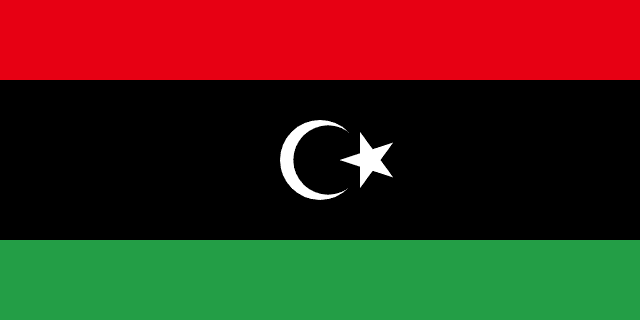
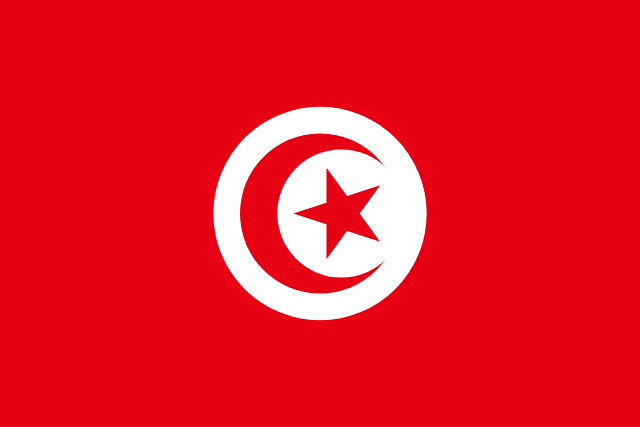
History of the Algerian Flag
The flag of Algeria, featuring a vertical half in green and white and a red crescent and star in the center, is steeped in history and symbolism. This flag is not just a national emblem, but a representation of Algeria’s identity and its struggle for independence.
The flag’s origins can be traced back to the Algerian independence movement against French colonial rule in the mid-20th century. The design of the flag is closely associated with the National Liberation Front (FLN), the primary force behind the Algerian War of Independence. The green color represents Islam, which is the majority religion in Algeria. The white color symbolizes peace and purity, and the red crescent and star are traditional symbols of Islam and represent freedom.
The current Algerian flag was officially adopted on July 3, 1962, following the country’s independence from France. This date marks a significant moment in Algeria’s history, ending 132 years of French colonial rule. The flag was a symbol of resistance and unity during the war and has since become a symbol of national pride and sovereignty.
Throughout its history, the Algerian flag has undergone a few changes. Earlier versions included variations in the positioning and size of the crescent and star. However, the fundamental elements of the design have remained consistent. The flag embodies the struggles and sacrifices of the Algerian people in their fight for independence. It serves as a reminder of their resilience and unity in the face of adversity. Today, the Algerian flag is a powerful symbol of national identity, representing the country’s rich history, cultural heritage, and its aspirations for the future.

